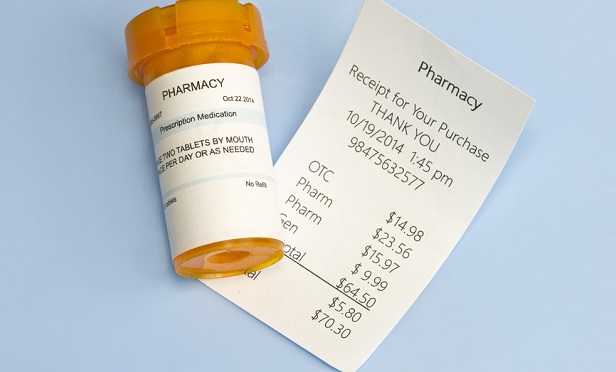 In anticipation of the administration's move, the main industry trade group said earlier Monday that companies would put up websites to explain their prices to patients in greater detail. (Photo: Shutterstock)
In anticipation of the administration's move, the main industry trade group said earlier Monday that companies would put up websites to explain their prices to patients in greater detail. (Photo: Shutterstock)U.S. health officials want to force pharmaceutical companies to disclose the prices of their products in television advertisements, setting up a clash with drugmakers who see the move as impinging free speech.
Under the proposed rule released on Monday, the Department of Health and Human Services would require drug companies to share in ads the full list prices of any medication that cost more than $35. The move was telegraphed in a White House plan for lowering prescription costs that was put out earlier this year.
Related: Everything you need to know about two new drug cost information bills
Drugmakers have said that disclosing list prices without additional context would be confusing to patients. In anticipation of the administration's move, the main industry trade group said earlier Monday that companies would put up websites to explain their prices to patients in greater detail.
“It is no coincidence that the industry announced a new initiative today,” Health and Human Services Secretary Alex Azar said in a speech at the National Academy of Medicine. “Placing information on a website is not the same as putting it right in an ad.” Azar had said earlier that the proposal to set up the sites was a “small step in the right direction.”
The industry group, the Pharmaceutical Research and Manufacturers of America, said any U.S. requirement to disclose list prices in advertising could violate the First Amendment because of restrictions on “compelled speech.”
“Putting a list price in isolation in an ad itself is very confusing, misleading and lacks appropriate context,” said Steve Ubl, chief executive officer of the Pharmaceutical Research and Manufacturers of America, during a conference call on Monday.
The pricing requirement was first proposed in May when President Donald Trump released a blueprint to bring down drug prices. Azar, a former Eli Lilly & Co. executive, said that the administration is willing to go further.
“We will go beyond the four corners of the blueprint if we need to,” he said. “Any ideas that could bring down costs while respecting innovation and patient choice are on the table.”
Drugmakers have argued that disclosing list prices in ads could be misleading because of rebates and insurance co-pays that can affect how much of their own money people actually spend. Critics of the industry say list prices are relevant because many Americans have co-insurance and high-deductible plans that force them to shoulder a significant portion of a drug's price.
What's behind the high cost of drugs?
© 2025 ALM Global, LLC, All Rights Reserved. Request academic re-use from www.copyright.com. All other uses, submit a request to asset-and-logo-licensing@alm.com. For more information visit Asset & Logo Licensing.







